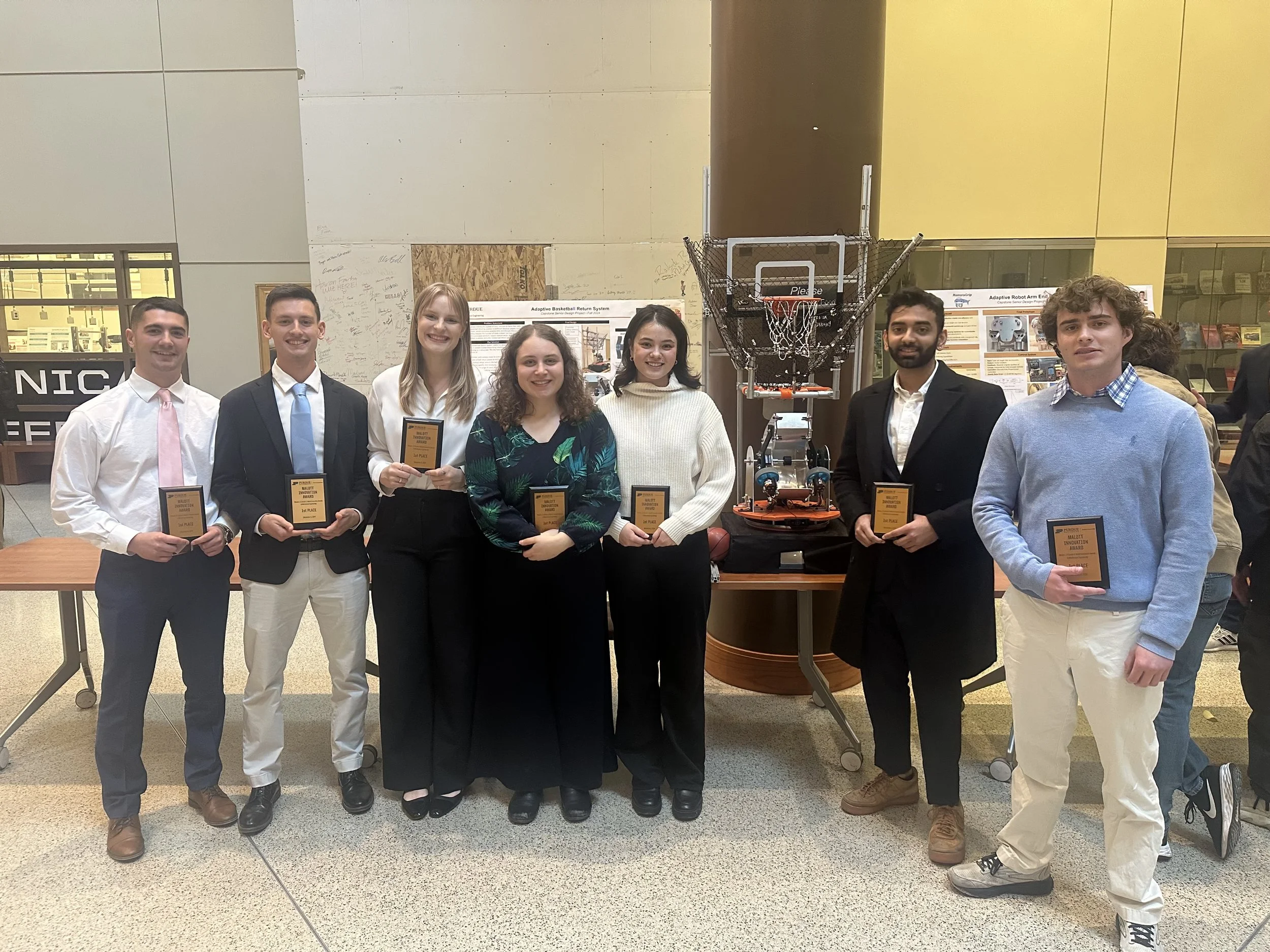A. Wan, J. Xu, H. Chen, S. Zhang, and K. Chen, "Optimal path planning and control of assembly robots for hard measuring easy-deformation assemblies", IEEE Trans. Mechatronics, 22(4), 1600-1609, (2017); doi:10.1109/TMECH.2017.2671342
Abstract
Assembly robots are widely used in the electronics and automotive industries. However, assembly robots still face formidable challenges for assembling large-scale heavy-weight components such as the tail of the plane. First, the largescale component is difficult to measure; thus, the optimal assembly path is difficult to obtain. To this end, a learning from demonstration-based optimal path planning method is developed and implemented. Second, the deformation caused by a heavy-weight component will lead to a large motion error and could cause damage to the component. To solve this problem, a Gaussian process regression (GPR)-based deformation prediction and compensation method is presented to improve the robot motion accuracy. The simulation results show that the proposed GPR-based deformation compensation method can achieve high accuracy. An experimental prototype was developed to evaluate the proposed methods, and the results demonstrate the effectiveness of the proposed methods. Therefore, the proposed methods provide a path toward hard-measuring easy deformation assembly task.




